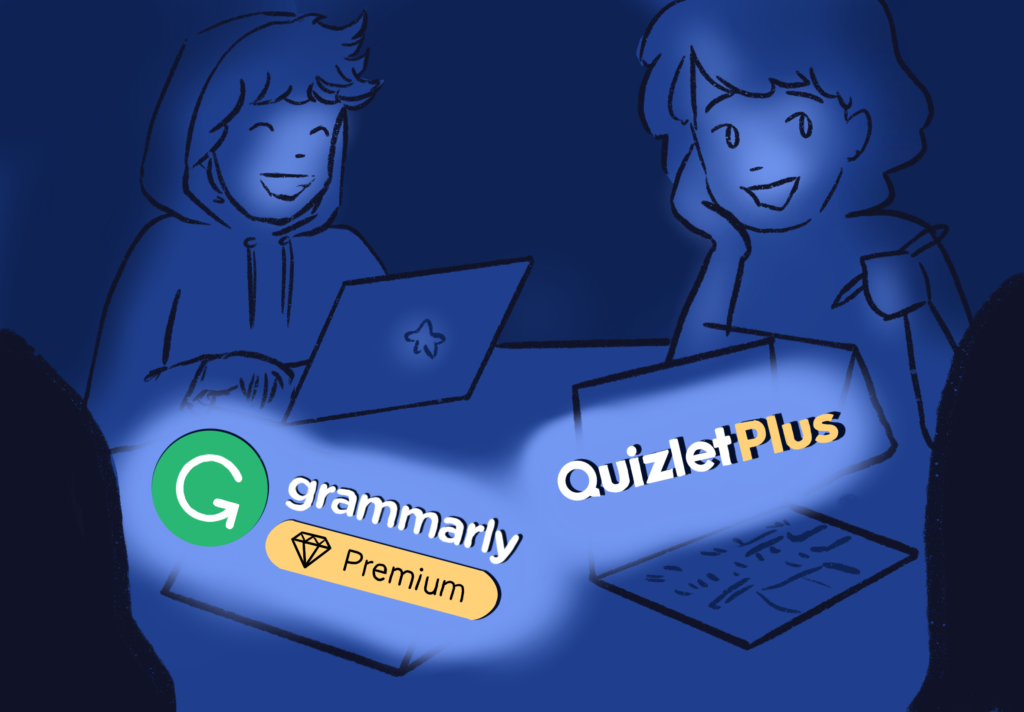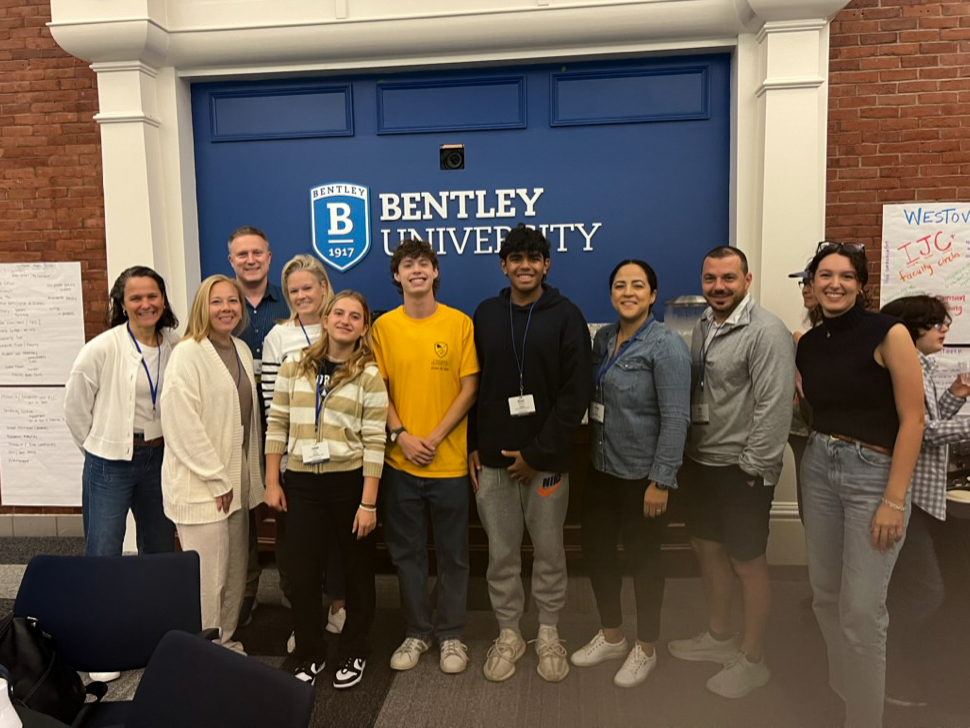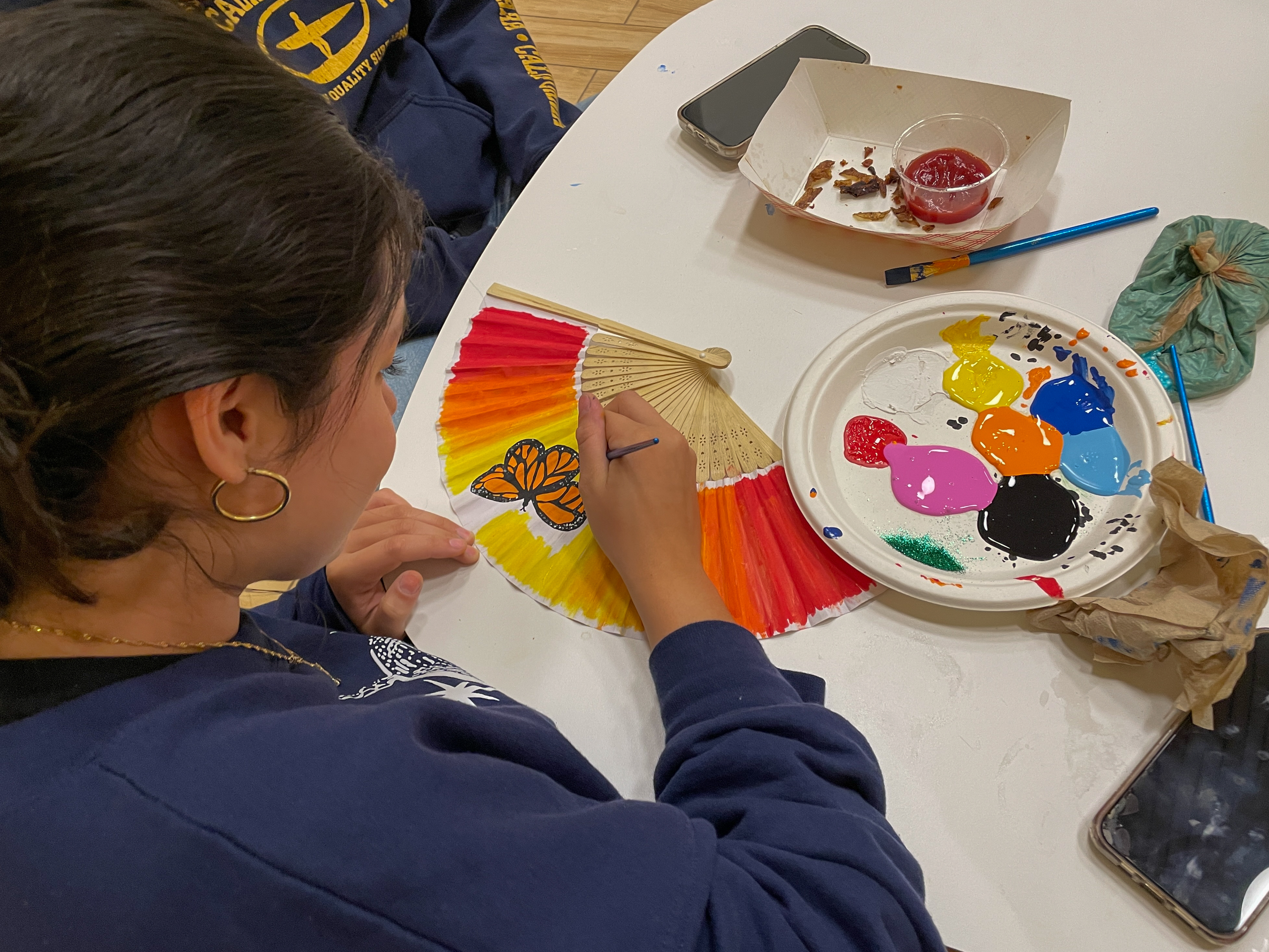From April 1 to July 1, thousands of ambitious kids from around the world entered their names in the Breakthrough Junior Challenge (BJC), which, according to the competition’s website, is “an annual global competition for students to inspire creative thinking about science.” The BJC is affiliated with the Breakthrough Prize, which rewards nominees with outstanding scientific research. While participants of the BJC are not required to make a revolutionary discovery, they do have to create an inventive video of three minutes or less about a complex topic in physics, life sciences, or math. Past winners have discussed a wide range of topics, from relativity and the equivalence of reference frames to quantum entanglement.
Choate’s very own HP Park ’21, a new sophomore, entered the challenge and recently was chosen by the competition’s judges as one of the final 16 competitors. Park found out about the contest through a family friend who thought he would be interested. In fact, Park entered the contest last year as well. “I got into the top 40 last year, but there was a voting process on Facebook which I, unfortunately, did not get through,” Park said. Park’s topic last year was about the tidal locking between the Earth and the moon. Tidal locking explains why we see only one side of the moon, whereas the other side is always hidden. “Even though I did not become a finalist last time, the experience made me excited to participate again this year.” Park stated.
For this year’s video, Park decided to focus on the Mpemba effect. “I wanted to research something that had not been explored as much. My previous video was essentially explaining a concept that was widely known. When I came across the Mpemba effect and looked it up, I found there was a lot of speculation as to whether it was even real,” Park elaborated. The principle is named after Erasto Batholomeo Mpemba, who in 1963 accidentally discovered the phenomenon as a student in cooking class when his hot ice cream mix froze before the cold mix. If you’ve ever seen videos of people throw pots of boiling water into a frigid atmosphere and the water freezes instantly, that’s because of the Mpemba effect. “Even today, scientists don’t have a full explanation, and a lot of people think this would be a violation of thermodynamics,” Park continued. “The even more bizarre thing is that if you threw a bucket of cold water into the same chilly atmosphere, it would remain a liquid.”
Curious about why the Mpemba effect occurred, Park set up a lab in his previous school, Fay School, in Southborough, Massachusetts. “I brought a mini-fridge into the dorm for the experiment. By constantly putting different combinations of cold water and hot water in the fridge, sometimes by themselves, I made multiple logs of the waters’ temperatures as they froze. Eventually, I recognized something called supercooling,” Park reported. Supercooling happens when the temperature of the cold water goes below the freezing point and later rises to the freezing point of 0º C. However, the cold water stays a liquid during this time. Hot water, on the other hand, goes on its regular course to 0º C, without any detours to the negative celsius. In his video, Park illustrated supercooling through the analogy of a race. Cold water is given a head start to reach the finish line of 0º C. While cold water reaches the end first, it doesn’t notice this and keeps running. In the meantime, hot water arrives at the destination and stays there, starting latent heat, a process necessary for a phase change, first. Cold water, realizing its mistake, hurries back to the freezing point. The hot water does not defy thermodynamics by miraculously getting to the freezing point first. Instead, it stays at the freezing point, unlike cold water, which dips down and returns again. “I’m not sure if this is completely true, but I thought it would be interesting to share what I learned, especially since there’s not that much information about it,” Park explained.
His video displays the time and effort he put into this project. One of Park’s favorite aspects of making his video, other than the research, was producing the video graphics. “My dream is to be an architect,” Park revealed, “Because it’s a job where you combine engineering with the arts. Both by themselves are exciting, but the real fun comes when you figure out how to incorporate these two. It’s the same with the video; it has to be visually pleasing and easy to understand. That was the joy for me in making this video.”
Throughout the video, Park had to ensure that his information was getting through to a non-scientist audience. He tested his video on family and friends, revising until they could understand every bit. Park emphasized, “You might have a brilliant idea or a discovery no one’s ever made before, but if you can’t explain it, it’s basically nothing.”
If Park has earned enough votes by September 20, he could become one of seven Regional Champions, and then, possibly the Breakthrough Junior Challenge Winner. His prizes would include a $250,000 scholarship, a $50,000 prize for Mr. Eric Lane, the teacher who helped him at Fay School, and $100,000 for the School to build a science lab. Park encourages that more people apply next year: “Anyone can make this video. You don’t need any special effects, just a good, simple explanation and some creativity.”




